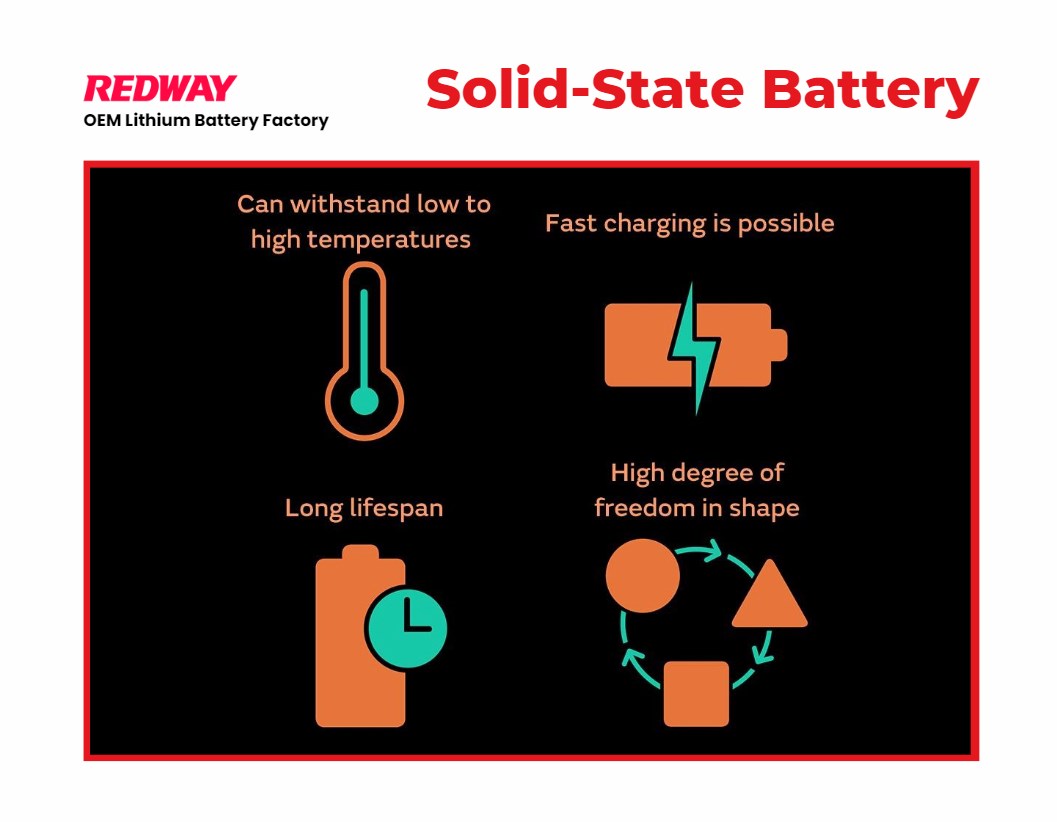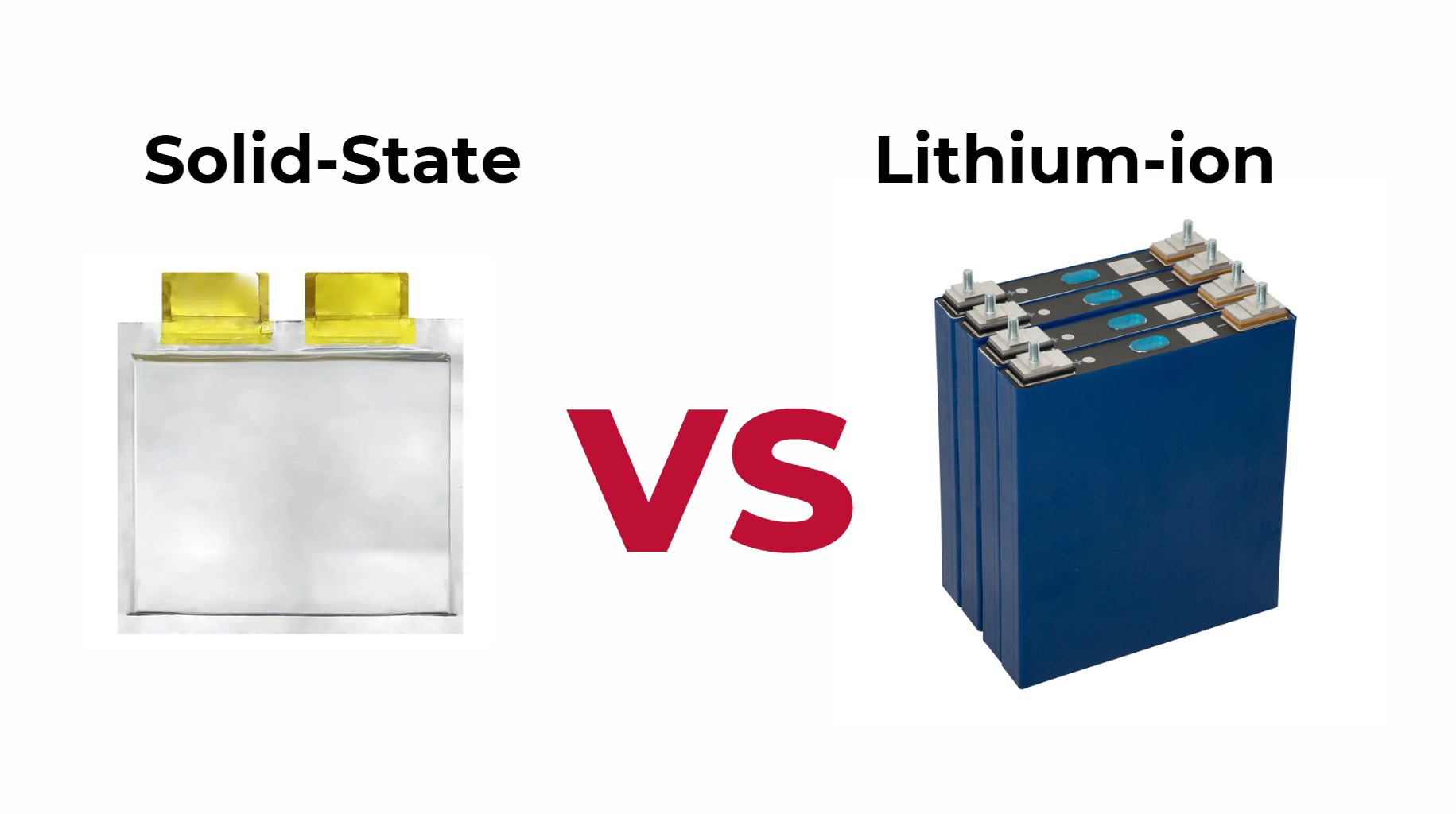As the demand for advanced energy storage solutions continues to rise, solid-state batteries have emerged as a promising alternative to traditional lithium-ion batteries. With their unique construction and potential benefits, understanding the lifespan of solid-state batteries is crucial for consumers and manufacturers alike. This article explores the factors influencing the lifespan of these innovative batteries, their advantages, and what the future holds for this technology.
The lifespan of solid-state batteries is influenced by various factors, including the choice of materials and manufacturing processes. Researchers are constantly exploring ways to enhance battery performance and longevity. Solid-state batteries are estimated to have a lifespan of around 10 to 20 years. These batteries offer improved safety, higher energy density, and resilience to extreme temperatures. With ongoing advancements, solid-state batteries are poised to revolutionize energy storage, providing a more sustainable and efficient future.
What Are Solid-State Batteries?
Solid-state batteries utilize a solid electrolyte instead of the liquid or gel electrolytes found in conventional lithium-ion batteries. This fundamental shift in design offers several key benefits:
- Higher Energy Density: Solid-state batteries can store more energy in a compact form, making them ideal for applications in electric vehicles (EVs) and portable devices.
- Improved Safety: The solid electrolyte significantly reduces the risk of flammability and thermal runaway, common issues with liquid electrolytes.
- Longer Lifespan: Solid-state batteries are expected to have a longer operational life due to reduced wear and tear on components.
Factors Influencing Lifespan
The lifespan of solid-state batteries is influenced by several critical factors:
1. Material Composition
The choice of materials used in solid-state batteries plays a significant role in determining their lifespan. High-quality solid electrolytes, such as sulfides or oxides, exhibit better conductivity and stability, which can enhance battery longevity. Research into new materials continues to evolve, aiming to find combinations that maximize performance and lifespan.
2. Charge and Discharge Cycles
Like all batteries, the number of charge and discharge cycles directly affects lifespan. Solid-state batteries are designed to withstand more cycles than traditional lithium-ion batteries. Estimates suggest that they can endure up to 1,000 to 3,000 cycles, depending on usage conditions and material quality. This endurance can significantly reduce replacement costs over time.
3. Temperature Stability
Solid-state batteries generally perform better in a wider range of temperatures compared to their liquid counterparts. However, extreme temperatures can still affect their lifespan. Maintaining an optimal operating temperature is essential for maximizing longevity. Manufacturers are working on developing thermal management systems to ensure stable performance under varying environmental conditions.
4. Manufacturing Quality
The quality of manufacturing processes directly impacts the lifespan of solid-state batteries. Precise control over production parameters ensures that defects are minimized, resulting in more reliable battery performance. Companies investing in advanced manufacturing technologies are likely to produce higher-quality batteries with longer lifespans.
Comparative Lifespan: Solid-State vs. Lithium-Ion Batteries
When comparing solid-state batteries with traditional lithium-ion options, several key differences emerge regarding lifespan:
- Cycle Life: While lithium-ion batteries typically last between 500 to 1,500 cycles, solid-state batteries can potentially exceed this range significantly.
- Degradation Rates: Lithium-ion batteries suffer from capacity fade over time due to chemical reactions within the liquid electrolyte. Solid-state designs mitigate many of these issues, leading to slower degradation rates.
- Temperature Tolerance: Solid-state batteries maintain performance across a broader temperature range without significant loss of capacity, further extending their usable life.
Applications Impacting Lifespan
The lifespan of solid-state batteries varies depending on their application:
Electric Vehicles (EVs)
In the EV sector, longevity is paramount. Solid-state batteries have the potential to last longer than current lithium-ion technologies, providing consumers with extended driving ranges and reduced battery replacement costs. As manufacturers continue to refine this technology, we can expect advancements that further enhance lifespan.
Consumer Electronics
For smartphones, laptops, and other portable devices, battery lifespan is crucial for user satisfaction. Solid-state batteries promise longer-lasting power without frequent recharges, making them an attractive option for manufacturers seeking to improve product performance.
Renewable Energy Storage
In renewable energy applications, such as solar or wind energy storage systems, the longevity of battery systems directly affects overall efficiency and cost-effectiveness. Solid-state technology’s durability makes it an ideal candidate for long-term energy storage solutions.
Future Prospects for Solid-State Battery Lifespan
The future looks promising for solid-state battery technology as research continues to advance:
Innovations in Materials
Ongoing research into new materials will likely yield breakthroughs that enhance both performance and lifespan. The development of high-conductivity solid electrolytes will be pivotal in achieving longer-lasting battery solutions.
Manufacturing Techniques
As manufacturing processes improve and scale up, we expect reductions in production costs while maintaining high quality. This will make solid-state batteries more accessible across various industries.
Regulatory Support and Investment
Increased investment from both public and private sectors will accelerate research and development efforts aimed at enhancing solid-state battery technology. Regulatory support aimed at promoting cleaner energy solutions will further drive innovation in this field.
Conclusion
The lifespan of solid-state batteries represents a significant advancement in energy storage technology. With their potential for higher cycle life, improved safety features, and better temperature stability compared to traditional lithium-ion options, these innovative batteries are set to revolutionize various industries.As companies like Redway Battery continue focusing on advanced battery technologies such as Lithium LiFePO4 solutions, the market landscape is evolving rapidly. For those interested in custom battery solutions or wholesale options tailored to specific needs, now is an opportune time to explore partnerships that align with these emerging technologies.By staying informed about advancements in solid-state battery technology and understanding their potential impact on various applications, we position ourselves at the forefront of this exciting field.





